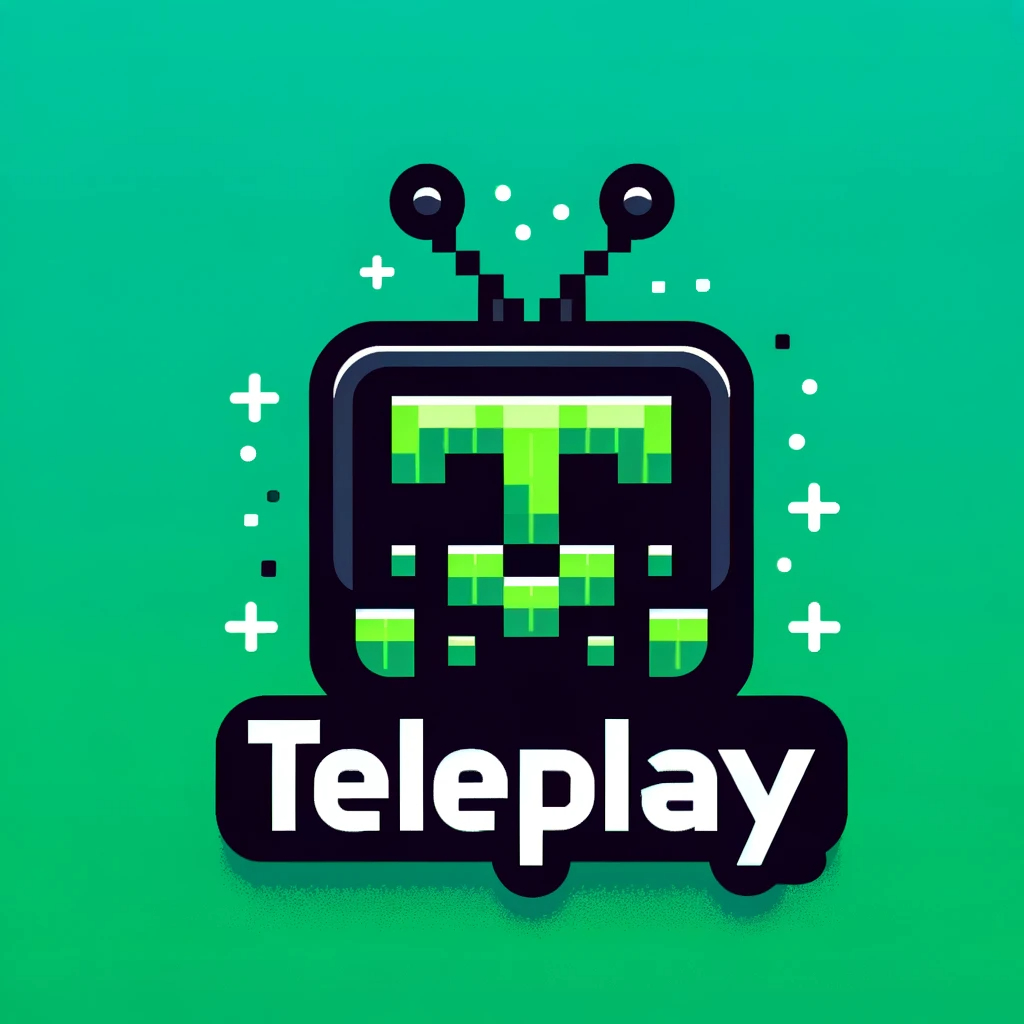Authors:
(1) Prerak Gandhi, Department of Computer Science and Engineering, Indian Institute of Technology Bombay, Mumbai, [email protected], and these authors contributed equally to this work;
(2) Vishal Pramanik, Department of Computer Science and Engineering, Indian Institute of Technology Bombay, Mumbai, vishalpramanik,[email protected], and these authors contributed equally to this work;
(3) Pushpak Bhattacharyya, Department of Computer Science and Engineering, Indian Institute of Technology Bombay, Mumbai.
Table of Links
- Abstract and Intro
- Motivation
- Related Work
- Dataset
- Experiments and Evaluation
- Results and Analysis
- Conclusion and Future Work
- Limitations and References
- A. Appendix
8. Limitations
• In the plot generation dataset, the Wikipedia plots are sometimes not written by professional content writers from the film industry. Therefore these plots may fail to include the main events of the movie.
• In a few cases, the model fails to generate coherent events along with the abrupt introduction of characters in the plots and scenes.
• Although it has been noticed only a few times, the plot or scene generated contains repeated clauses or phrases.
• The model hallucinates and generates factually incorrect things, making it incapable of generating biographies or documentaries.
• The plot or scene may not abide by the theme of the input or genre mentioned along with the prompt.
References
Selmer Bringsjord and David Ferrucci. 1999. Artificial intelligence and literary creativity: Inside the mind of brutus, a storytelling machine. Psychology Press.
Tom Brown, Benjamin Mann, Nick Ryder, Melanie Subbiah, Jared D Kaplan, Prafulla Dhariwal, Arvind Neelakantan, Pranav Shyam, Girish Sastry, Amanda Askell, et al. 2020. Language models are few-shot learners. Advances in neural information processing systems, 33:1877–1901.
Angela Fan, Mike Lewis, and Yann Dauphin. 2018. Hierarchical neural story generation. arXiv preprint arXiv:1805.04833.
Angela Fan, Mike Lewis, and Yann Dauphin. 2019. Strategies for structuring story generation. arXiv preprint arXiv:1902.01109.
S. Field. 1979. Screenplay: The Foundations of Screenwriting. A Delta book. Dell Publishing Company.
Chenyang Huang, Osmar R Zaiane, Amine Trabelsi, and Nouha Dziri. 2018. Automatic dialogue generation with expressed emotions. In Proceedings of the 2018 Conference of the North American Chapter of the Association for Computational Linguistics: Human Language Technologies, Volume 2 (Short Papers), pages 49–54.
Ting-Hao Huang, Francis Ferraro, Nasrin Mostafazadeh, Ishan Misra, Aishwarya Agrawal, Jacob Devlin, Ross Girshick, Xiaodong He, Pushmeet Kohli, Dhruv Batra, et al. 2016. Visual storytelling. In Proceedings of the 2016 conference of the North American chapter of the association for computational linguistics: Human language technologies, pages 1233–1239.
Parag Jain, Priyanka Agrawal, Abhijit Mishra, Mohak Sukhwani, Anirban Laha, and Karthik Sankaranarayanan. 2017. Story generation from sequence of independent short descriptions. arXiv preprint arXiv:1707.05501.
Frederick Jelinek, Robert L. Mercer, Lalit R. Bahl, and J. Baker. 1977. Perplexity—a measure of the difficulty of speech recognition tasks. Journal of the Acoustical Society of America, 62.
Mihir Kale and Abhinav Rastogi. 2020. Template guided text generation for task-oriented dialogue. arXiv preprint arXiv:2004.15006.
Jiwei Li, Will Monroe, Alan Ritter, Michel Galley, Jianfeng Gao, and Dan Jurafsky. 2016. Deep reinforcement learning for dialogue generation. arXiv preprint arXiv:1606.01541.
Rensis Likert. 1932. A technique for the measurement of attitudes / by Rensis Likert. Archives of psychology ; no. 140. [s.n.], New York.
Chin-Yew Lin. 2004. ROUGE: A package for automatic evaluation of summaries. In Text Summarization Branches Out, pages 74–81, Barcelona, Spain. Association for Computational Linguistics.
Kishore Papineni, Salim Roukos, Todd Ward, and WeiJing Zhu. 2002. Bleu: a method for automatic evaluation of machine translation. In Proceedings of the 40th annual meeting of the Association for Computational Linguistics, pages 311–318.
Rafael Pérez Ý Pérez and Mike Sharples. 2001. Mexica: A computer model of a cognitive account of creative writing. Journal of Experimental & Theoretical Artificial Intelligence, 13(2):119–139.
Krishna Pillutla, Swabha Swayamdipta, Rowan Zellers, John Thickstun, Sean Welleck, Yejin Choi, and Zaid Harchaoui. 2021. Mauve: Measuring the gap between neural text and human text using divergence frontiers. Advances in Neural Information Processing Systems, 34:4816–4828.
Hannah Rashkin, Asli Celikyilmaz, Yejin Choi, and Jianfeng Gao. 2020. Plotmachines: Outline conditioned generation with dynamic plot state tracking. arXiv preprint arXiv:2004.14967.
Mark O Riedl and Robert Michael Young. 2010. Narrative planning: Balancing plot and character. Journal of Artificial Intelligence Research, 39:217–268.
Jianheng Tang, Tiancheng Zhao, Chenyan Xiong, Xiaodan Liang, Eric Xing, and Zhiting Hu. 2019. Targetguided open-domain conversation. In Proceedings of the 57th Annual Meeting of the Association for Computational Linguistics, pages 5624–5634, Florence, Italy. Association for Computational Linguistics.
Zhe Wang, Wei He, Hua Wu, Haiyang Wu, Wei Li, Haifeng Wang, and Enhong Chen. 2016. Chinese poetry generation with planning based neural network. arXiv preprint arXiv:1610.09889.
Wenquan Wu, Zhen Guo, Xiangyang Zhou, Hua Wu, Xiyuan Zhang, Rongzhong Lian, and Haifeng Wang. 2019. Proactive human-machine conversation with explicit conversation goal. In Proceedings of the 57th Annual Meeting of the Association for Computational Linguistics, pages 3794–3804, Florence, Italy. Association for Computational Linguistics.
Rui Yan. 2016. i, poet: Automatic poetry composition through recurrent neural networks with iterative polishing schema. In IJCAI, volume 2238, page 2244.
Zheng Zhao, Shay B Cohen, and Bonnie Webber. 2020. Reducing quantity hallucinations in abstractive summarization. arXiv preprint arXiv:2009.13312.
Yutao Zhu, Ruihua Song, Zhicheng Dou, Jian-Yun Nie, and Jin Zhou. 2020. ScriptWriter: Narrative-guided script generation. In Proceedings of the 58th Annual Meeting of the Association for Computational Linguistics, pages 8647–8657, Online. Association for Computational Linguistics.
This paper is available on arxiv under CC 4.0 DEED license.

